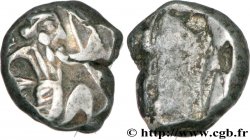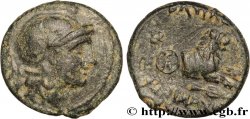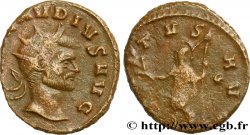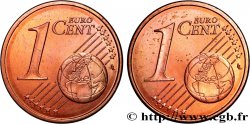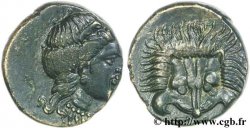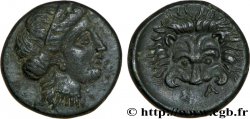v59_0125 - PERSIA - REGNO ACHEMENIDO - ARTAXERXES II MNEMON Quart de sicle d'argent
MONNAIES 59 (2013)
Prezzo di inizio : 250.00 €
Valutazione : 350.00 €
Prezzo realizzato : 250.00 €
Numero di offerte : 1
Offerta maxima : 330.00 €
Prezzo di inizio : 250.00 €
Valutazione : 350.00 €
Prezzo realizzato : 250.00 €
Numero di offerte : 1
Offerta maxima : 330.00 €
Tipo : Quart de sicle d'argent
Data: c. 400-350 AC.
Nome della officina / città: Sardes, Lydie
Metallo : argento
Diametro : 8,5 mm
Peso : 1,29 g.
Grado di rarità : R2
Commenti sullo stato di conservazione:
Exemplaire frappé sur un petit flan globulaire. Joli droit, bien centré, pratiquement complet. Revers énigmatique. Recouvert d’une épaisse patine gris foncé avec des reflets dorés
N° nelle opere di riferimento :
Pedigree :
Cet exemplaire provient de la collection du docteur Thierry de Craeker
Diritto
Titolatura diritto : ANÉPIGRAPHE.
Descrittivo diritto : Le Grand Roi barbu, en archer mélophore, à demi-agenouillé à droite, coiffé de la cidaris, surmontée de cinq dents, vêtu de la candys tirant à l’arc ; le carquois rempli de flèches suspendu à son épaule est bien visible ; ligne de sol.
Rovescio
Descrittivo rovescio : Carré creux allongé, présentant des aspérités irrégulières en forme de chien courant.
Commento
Ce type bien particulier donné comme un quart de sicle (poids théorique 1,32 g) était attribué par Babelon à Artaxerxès II Mnémon (405-359 avant J.-C.) tandis que David Sear et les auteurs du British Museum l’attribuent à Darius Ier (510-486 avant J.-C.) penchent pour un tiers de sicle (poids théorique 1,76 g). L’exemplaire reproduit dans le catalogue d’Ernest Babelon pèse 1,78 g. Dans son traité, le même Ernest Babelon (p. 61-62, n° 28) attribue une diobole (1,20 g) trouée, conservée à Paris à Artaxerxès III Ochus (359-338 avant J.-C.). Ce type de monnaie divisionnaire est en fait très rare.
This very particular type given as a quarter of a shekel (theoretical weight 1.32 g) was attributed by Babelon to Artaxerxes II Mnemon (405-359 BC) while David Sear and the authors of the British Museum attribute it to Darius I (510-486 BC) lean towards a third of a shekel (theoretical weight 1.76 g). The copy reproduced in the catalog of Ernest Babelon weighs 1.78 g. In his treatise, the same Ernest Babelon (p. 61-62, n° 28) attributes a diobolus (1.20 g) with a hole, preserved in Paris to Artaxerxes III Ochus (359-338 BC). This type of fractional coin is in fact very rare
This very particular type given as a quarter of a shekel (theoretical weight 1.32 g) was attributed by Babelon to Artaxerxes II Mnemon (405-359 BC) while David Sear and the authors of the British Museum attribute it to Darius I (510-486 BC) lean towards a third of a shekel (theoretical weight 1.76 g). The copy reproduced in the catalog of Ernest Babelon weighs 1.78 g. In his treatise, the same Ernest Babelon (p. 61-62, n° 28) attributes a diobolus (1.20 g) with a hole, preserved in Paris to Artaxerxes III Ochus (359-338 BC). This type of fractional coin is in fact very rare







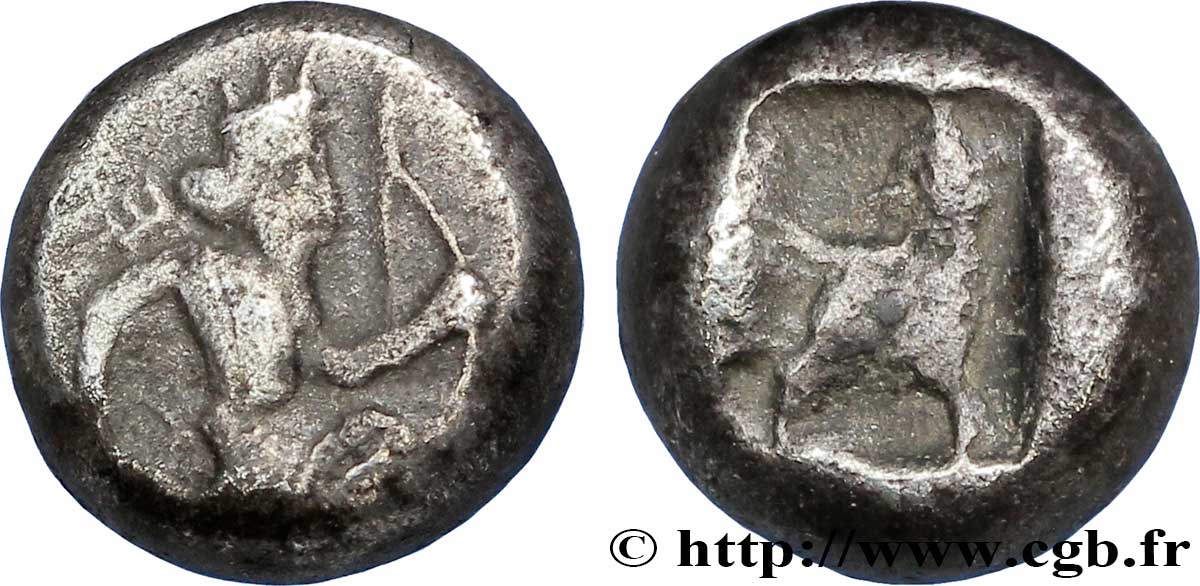
 Segnalare un errore
Segnalare un errore Stampate la pagina
Stampate la pagina Condividi mia selezione
Condividi mia selezione Fai una domanda
Fai una domanda Consegnare / vendere
Consegnare / vendere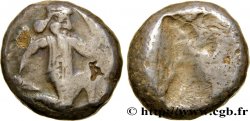
 Descrittivo
Descrittivo